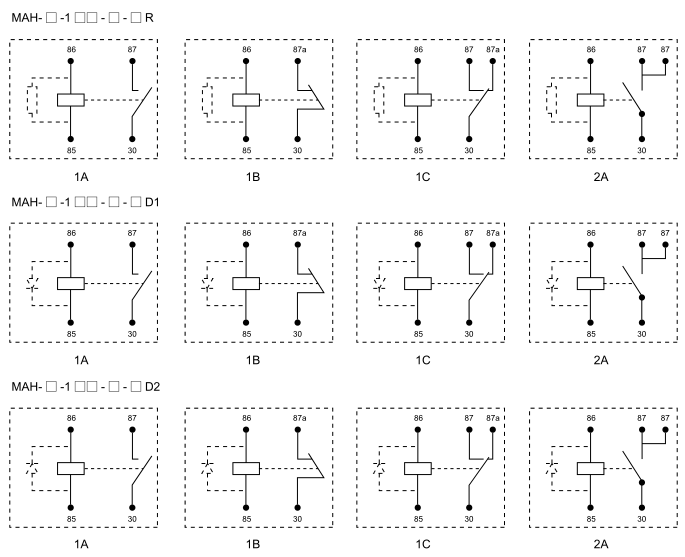A relay circuit is a fundamental component in electrical engineering, offering a reliable method for controlling high-power devices using low-power signals. It acts as an electrically operated switch, typically used to control a circuit by opening or closing its contacts in response to an electrical signal. These circuits are commonly found in a wide array of applications, from home appliances to industrial automation systems, where they provide both protection and control.

Working Principle of a Relay Circuit The basic operation of a relay circuit relies on electromagnetic principles. A relay consists of several key components: a coil, a movable armature, contacts (normally open and normally closed), and a spring mechanism. The core functionality of the relay is to use a low-power current to control a higher-power current by utilizing an electromagnetic field. When a current flows through the relay coil, it creates a magnetic field that attracts the armature. This movement of the armature causes the relay’s contacts to switch between states — from normally open (NO) to closed, or from normally closed (NC) to open. As a result, the relay can control the flow of current in a separate high-power circuit by merely altering the state of its contacts.